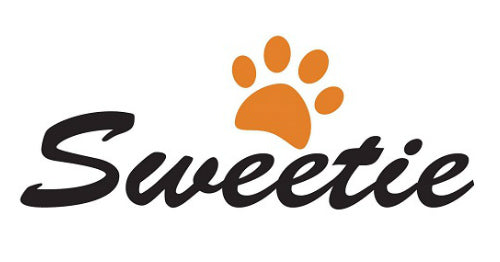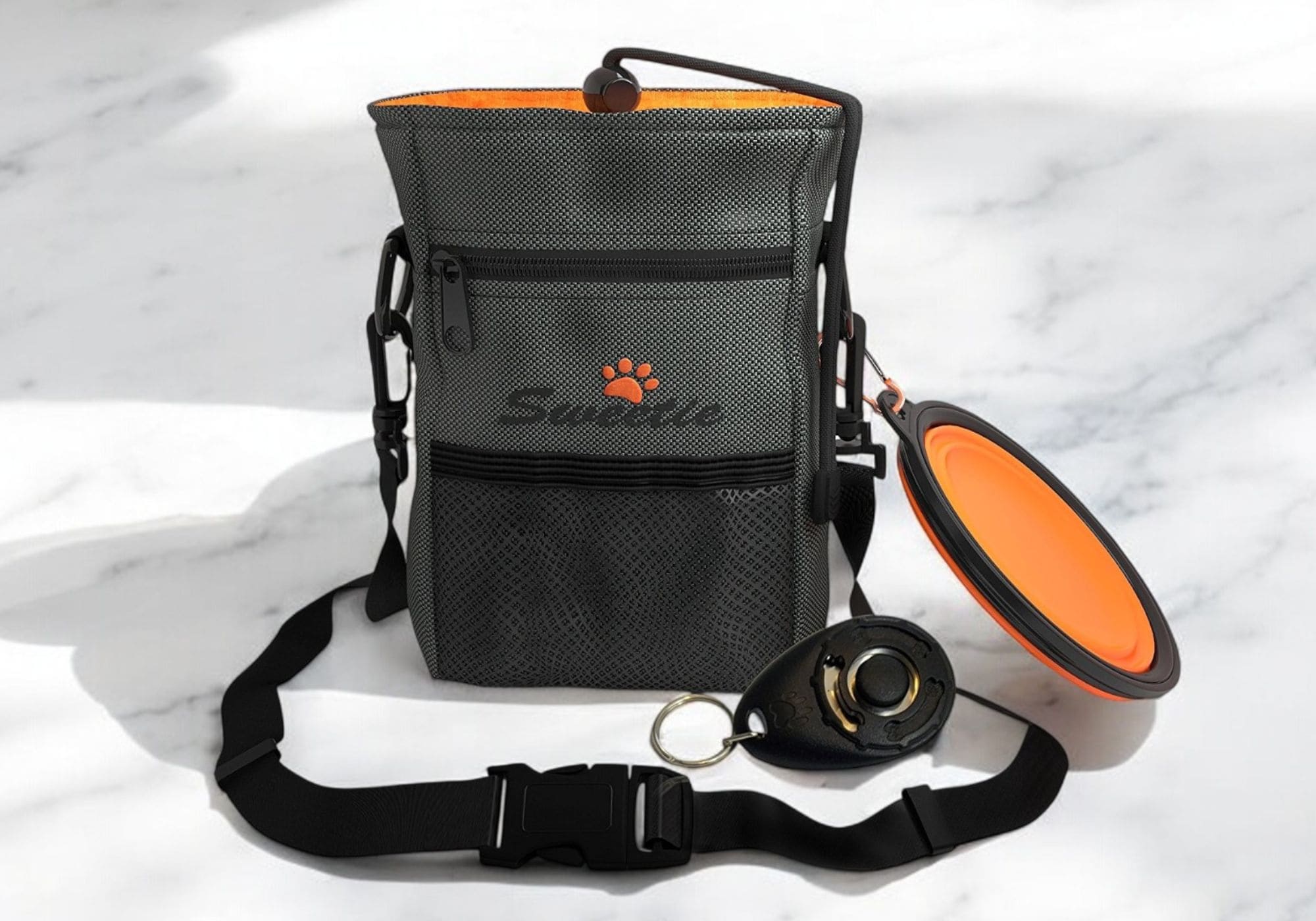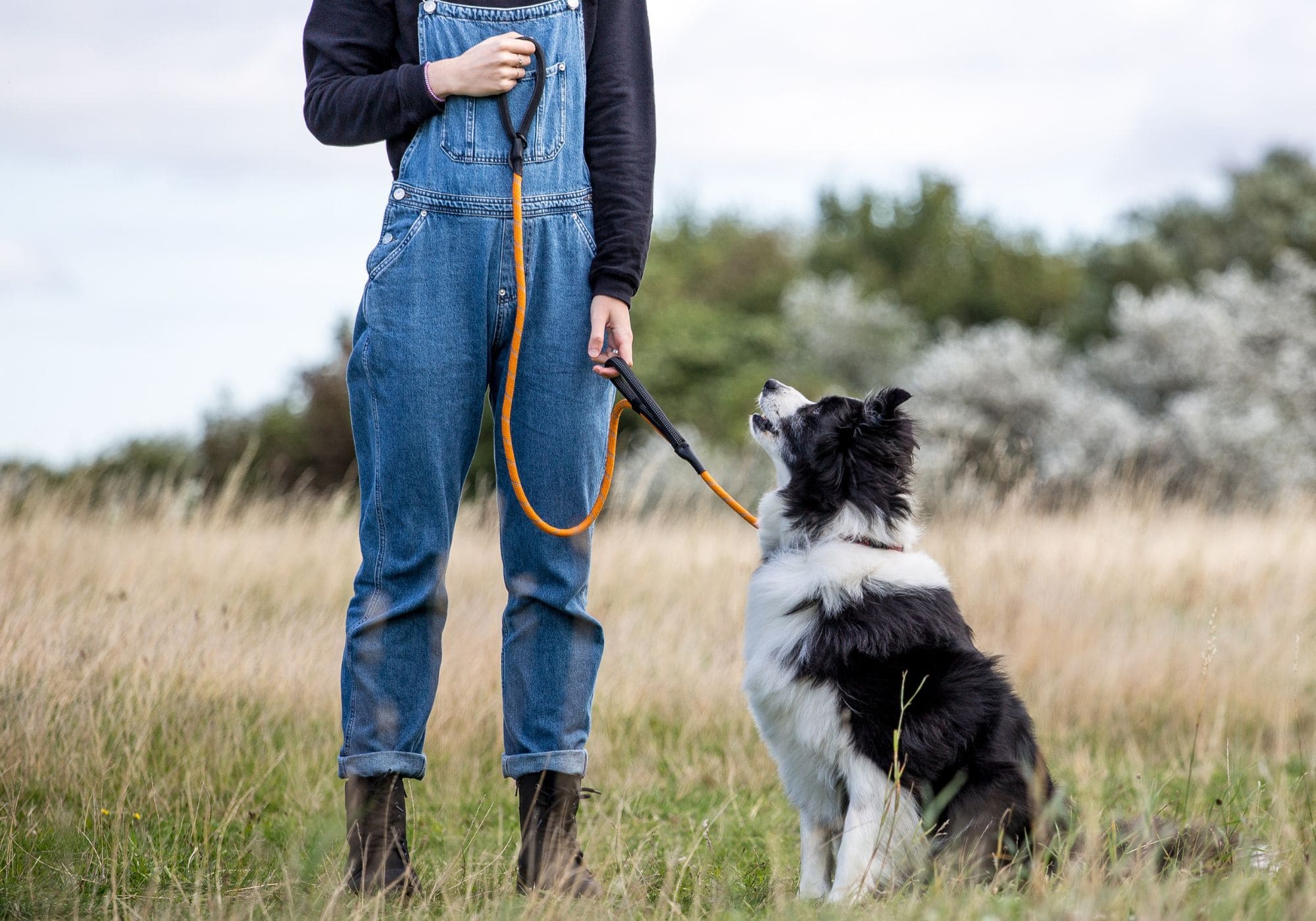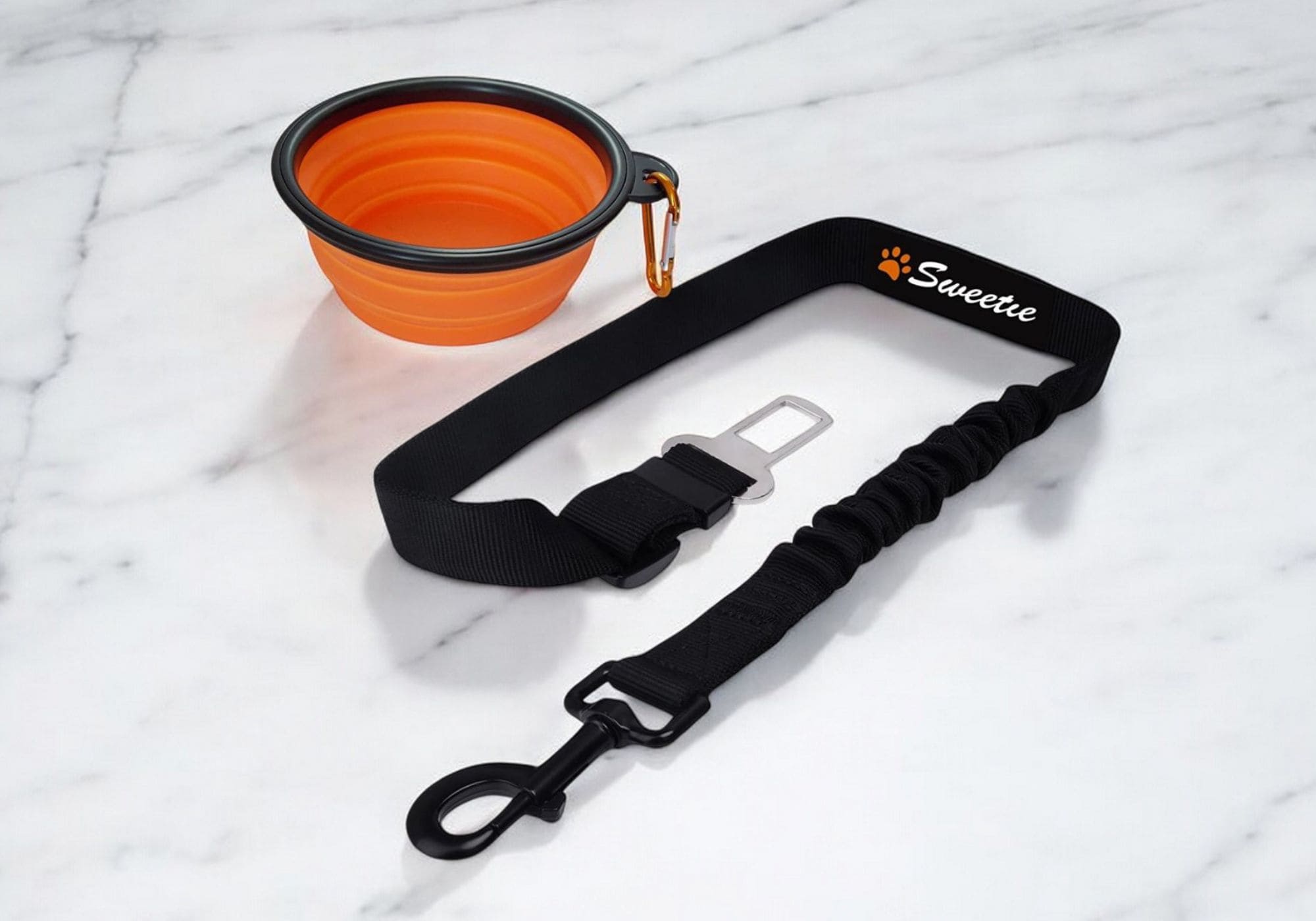Don't know what food type is the best for your BBF? Don't worry, we are here to help you out!
Are you looking forward to welcoming a furry four-legged canine member into your house or already have a bundle of joy at home, but not sure about what type of food is best for your BFF?
Don't worry Sweetie's got your back!
Dog food nutrition impacts every facet of your dog's life. So, below is a handy guide, putting forward all dog food types, the pros and cons.
Fortunately, there are a ton of great, high quality, freeze-dried and dehydrated dog foods available on the market that fit the bill. Also, there is the option of homemade food which we will analyse another time.
Food Types
Good-quality proprietary food is the simplest to feed. It consists of all the essential nutrients in the correct proportions, which includes vitamins and minerals that may be lacking from a homemade diet of fresh or cooked meat and table scraps.
These are four forms of commercially prepared food, and of course Homemade!.
1. Wet or Moist Canned or Pouch Dog Food

Canned food has high water content, is available in a wide range of flavours and is usually the preferred choice of dogs.
Pros:
Extremely palatable
Contains all the nutrients a dog needs
Long storage time if unopened
Cons:
Bulky to store and heavy to carry
Fattening
Strong odour
Not good for teeth
Contains many artificial additives
Spoils quickly
Expensive
2. Semi-moist Pouch Dog Food

Often containing vegetable protein like soya, this food type contains less water than canned, therefore keeps well in a bowl without drying out and losing texture.
Pros:
Palatable
Contains all the nutrients a dog needs
Easier to store than the cans
Cons:
Fattening
Strong odour
Not good for teeth
Very expensive
Contains artificial additives
Spoils quickly
3. Dry Complete Dog Food

As its name suggests, complete dry food contains minimal water and all the nutrients your dog needs. Designed to be moistened with water before feeding, while other types can be supplied as they are, in which case your dog will need plenty of water to drink in conjunction with it.
Pros:
Economical
Low odour
Contains all the nutrients a dog needs
Better for teeth
Convenient to food
Cons:
Bulky to store
Goes off if stored too long
Not as palatable as canned/semi-moist
High cereal content can cause problems for gluten-sensitive dogs
4. Dry Complementary Dog Food

This food usually comprises a cereal meal or biscuits. They are designed to be given with canned, cooked or raw meat. Fed alone, it doesn't fulfil a dog's daily nutritional needs.
Low odour
Good source of energy
Most are supplemented with vitamins and minerals
Better for teeth
Cons:
Time-consuming to mix with protein-giving ingredients
Spoils if stored too long
Bulky to store

According to Your Dog Advisor Freeze-dried, dog food is becoming increasingly popular amongst health-conscious and time-savvy dog owners.
This type of dog food makes it easy to feed your dog a high-quality raw diet while at the same time offering you much friendlier storage and travel options that you don’t have with traditional raw or wet dog foods.
The food is first cooked then freeze-dried before being sealed in air-tight packaging. When properly sealed and stored, freeze-dried dog food can last for up to one year without spoiling. Most of this type of food is meant to be rehydrated with water before it’s served, giving your dog all the pleasures and benefits of eating a raw diet.
Pros:
It may not offer key nutrition your dog needs and is sometimes best for supplementation. (Check labels if you are not sure)
6. Homemade Food
A lot of dogs enjoy homemade food.

For easy feeding, particularly for busy owners, it's simpler to stick to proprietary dog food and only give a periodic homemade meal for a treat, or to tempt a dog that is ill and has lost his appetite. In the case of the latter, items such as cooked porridge, boneless meats and fish, and scrambled eggs are appreciated and easily digested. Always allow cooked foods to cool before serving.
In the succeeding posts, we'll focus more on homemade dog food - their pros and cons, and how to make each recipe excellent and sumptuous for your dog.
Sweetie Tip: Always get vet advice and understand your BFF reactions to their food. Feed your new pup about 3-4 times a day (be sure to check with the vet). Try to provide the same food that the puppy had been eating (ask the foster parent or breeder). Make sure you have researched food options that are suited to your puppy's dietary needs and provide proper nutrition.![]()






Leave a comment